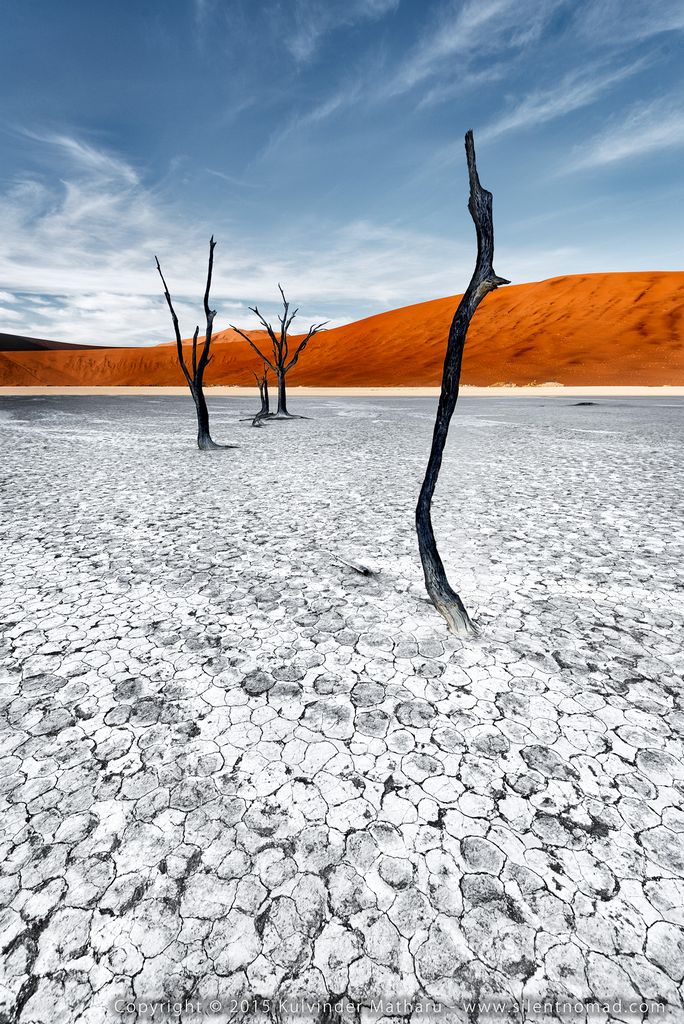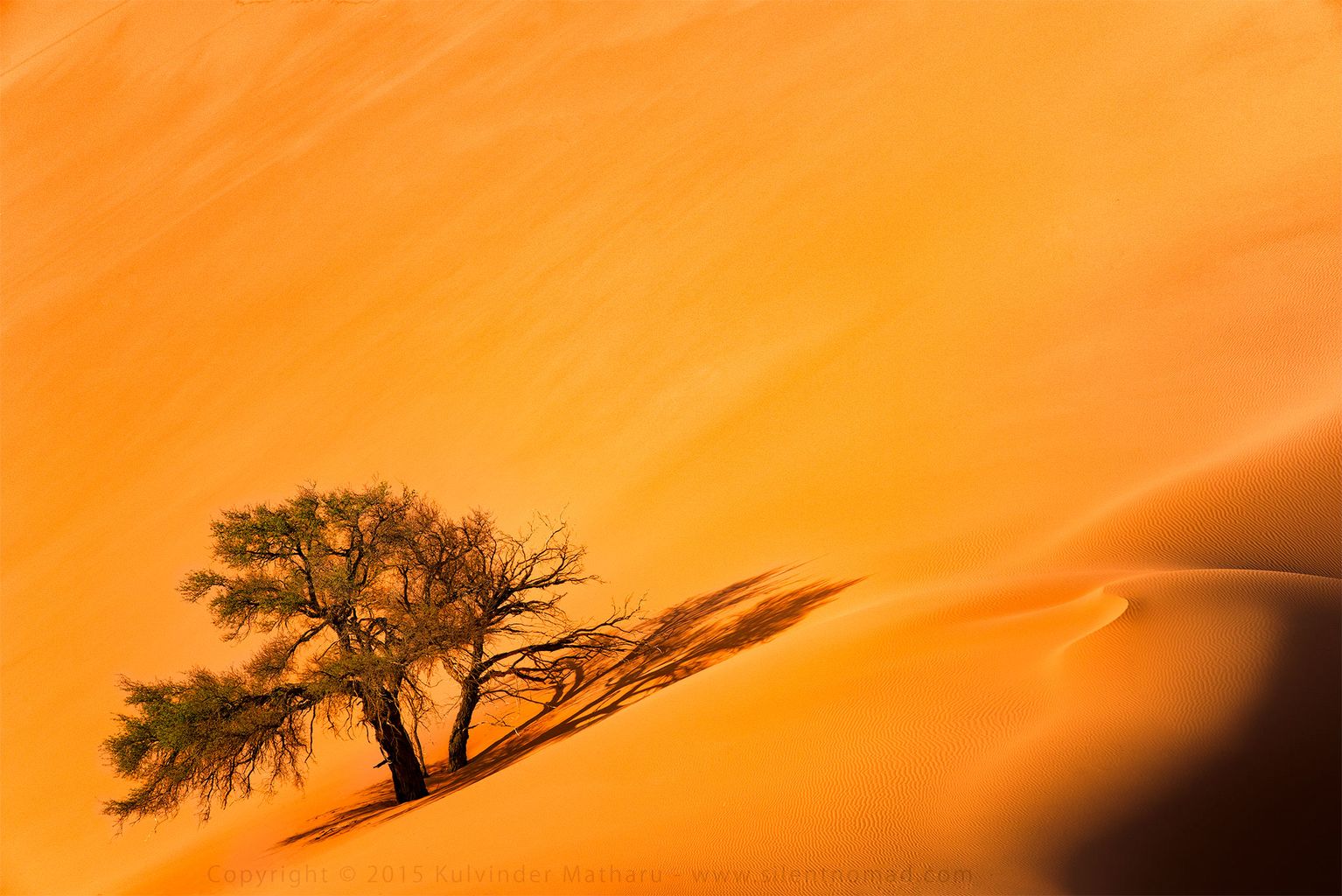Having explored the blue sectors of Jodhpur in India, we had a desire to explore other areas of the city, so took a walk from our hotel near Ghanta Ghar hoping to catch some interesting street scenes. This is a photo of a masked streetcleaner who was happy to have his photo taken.
Tag: tree
Man with metal walking stick
In Jodhpur, I stopped at a street stall selling some nicely brewed Indian-style masala tea (chai). There was some seating nearby under an arch that led to a square, so I took the opportunity to rest and have some chai. I spotted this man sitting opposite me with what appears to have been a metal walking stick. A very distinctive look. He too had some chai later.
Ripples in sand
Sossusvlei in Namibia is graced with some of the highest sand dunes in the world. Amongst the rust-coloured sands, some small shrubs and trees manage to survive. And, of course, there is the eerie Deadvlei littered with the desiccated remains of trees from several hundred years ago. Not quite as old, here are the dried remains of plant material, perhaps from some tall grasses, shrubs or trees that I photographed whilst walking through the sand dunes. The wind had carved out some intricate ripples in the sand, and the light from the sun created interesting shadows and colours. It was a good way to end our final evening in Sossusvlei before heading north.
Sand dunes and trees
The sand dunes of Sossusvlei in Namibia were formed around 5 million years ago, and are some of the highest in the world. The rich orange and red colours of these dunes owe much to the iron content of the sand. Here, embedded in the foot of one of these giants, stands a tree next to a fallen comrade. That the tree has grown, survived, and even thrived in such a harsh environment is testament to its hardiness. You need to be tough to survive in these desert conditions. Certainly my camera gear put up a valiant fight against the sand, with tripod legs being particularly susceptible.
Dead trees of Deadvlei
A unique view of the dead, desiccated trees of Deadvlei in Namibia which I photographed in August 2015.

“Deadvlei” from the English word “dead” and the Afrikaans word “vlei” for marsh. It was once an area fed by the Tsauchab River where trees and other plants flourished. Perhaps 600-700 years ago, maybe 900 years ago, the changing climate and encroaching sand dunes conspired to cut-off the water supply, killing-off the trees and most of the plants.
Today, visitors are greeted by an eerie but spectacular sight. Illuminated by the brilliant blue skies, a white clay pan is surrounded by rust-coloured sand dunes which are reputed to be some of the highest in the world at over 1,312 feet (400 metres). And the trees; dead, desiccated, and scorched black by the sun. Truly a forest of the dead.







